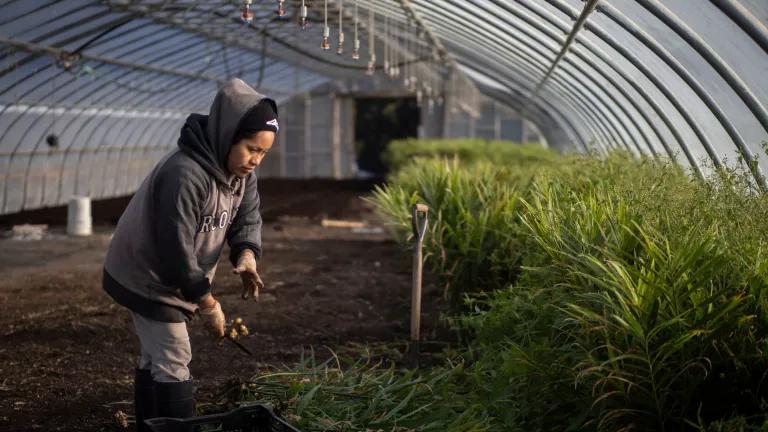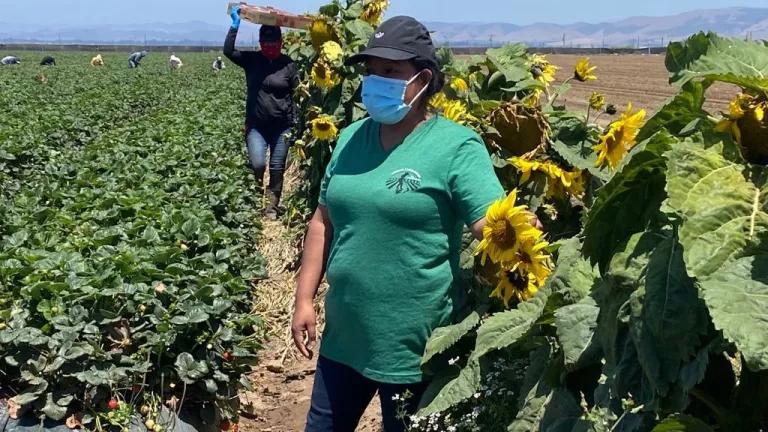California Continues to Allow Harmful Pesticide

Despite studies that link chlorpyrifos to learning disabilities in children, the state has decided to keep spraying it on our foods.
Going against its own scientific research, the California Department of Pesticide Regulation released new temporary recommendations for chlorpyrifos that will allow the harmful pesticide to continue to be used on many crops grown in the state. “The only way to protect our children from this toxic chemical is to ban it,” says Allison Johnson, a sustainable food policy advocate at NRDC. “And this doesn’t come close to doing that. These measures are temporary and will not eliminate much of the chlorpyrifos used on food grown in the California communities and eaten by families across the country.”
The move comes just months after the state released a study confirming the pesticide’s link to learning disabilities in children, which public health advocates had hoped would lead to a full ban within state boundaries. California’s conclusions were in line with existing science—including from the U.S. Environmental Protection Agency—that shows exposure to even low levels of chlorpyrifos in early life can lead to increased risk of learning disabilities, reductions in IQ, developmental delays, and ADHD. California’s stance on the chemical holds particular weight, as the state accounts for close to 20 percent of all chlorpyrifos used in the United States.
NRDC and others have fought for more than a decade to get chlorpyrifos out of our food supply. At the end of 2016, the EPA was nearing a ban, but the Trump administration reversed course soon after taking office, bringing to light its ties with Dow Chemical, the nation’s largest manufacturer of chlorpyrifos. Among other things, the agrochemical giant reportedly donated $1 million for Trump’s inauguration, and its CEO was a chief advisor to the president, heading up his now defunct American Manufacturing Council.
In the absence of federal action, states—like Hawaii, which became the first state to ban the chemical in June—can lead the way. “With the Trump administration fighting tooth and nail to keep this dangerous pesticide in our food supply, we need our state leaders to protect us,” Johnson says. “California must recognize that there is no safe level of chlorpyrifos and get rid of it once and for all.”



